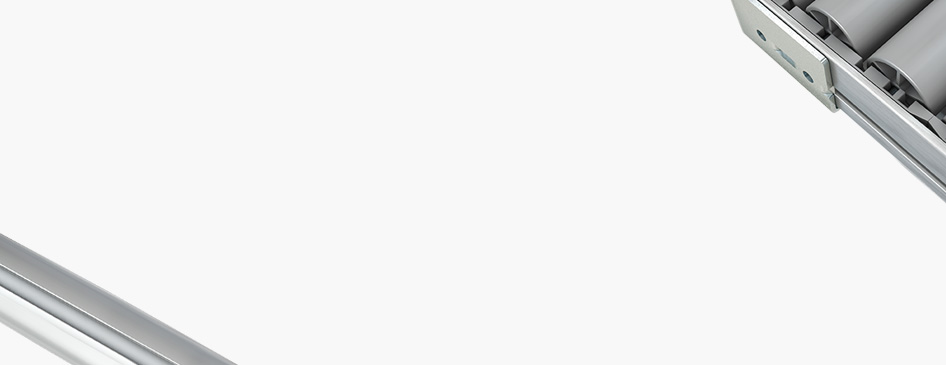
Choose one
or multiple languages
0,1,1
- German
- English
- Chinese
- Spanish
Elastomers
Elastomers (natural and synthetic grades of rubber) are synthetic materials that change shape when subjected to elongation or compression and then revert back to their original shape due to the high level of elasticity exhibited by their structure. They comprise entangled thread-like molecules that are crosslinked during vulcanisation with sulphur, irradiation or through the use of peroxides. The molecules can thus be stretched into what is known as a higher-order state without deteriorating. When the stress is relieved, restoring forces reinstate the lower-order state, i.e. return the Material to its original form (relaxation).
Elastomers were initially manufactured using natural rubber (latex) only. In order to meet new technical requirements, natural rubber has been joined by a whole range of synthetic rubber grades (first and foremost silicon rubber). These synthetic grades use additional polymers, chlorine, fluorine and hydrocarbons in order to modify their structure and thus boost properties such as chemical Resistance to organic and inorganic substances, heat resistance and ageing resistance.
Conventional elastomers are non-fusible, but can be destroyed by excessive temperatures. By contrast, extreme cold can cause them to freeze.
Examples of elastomers include styrene-butadiene rubber (SBR), nitrile-butadiene rubber (NBR), fluorosilicone rubber (MVQ) and methyl-silicone rubber (MQ).
